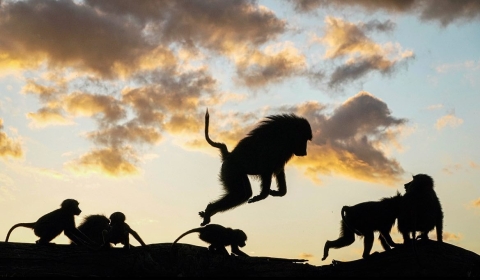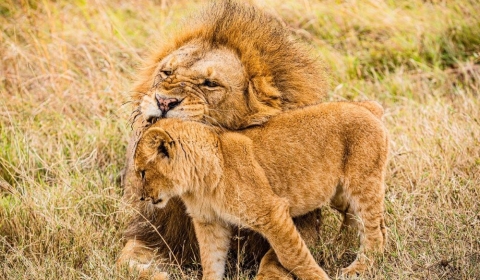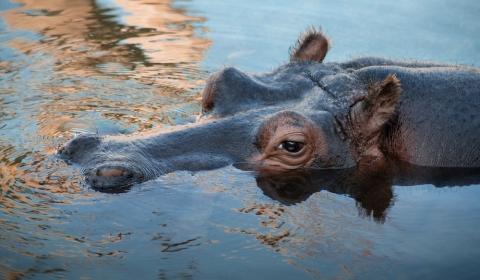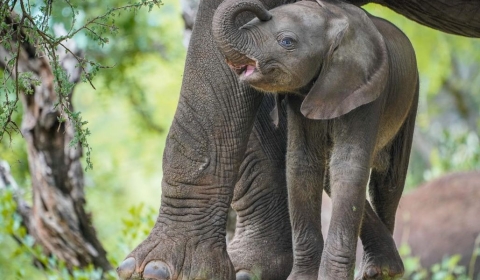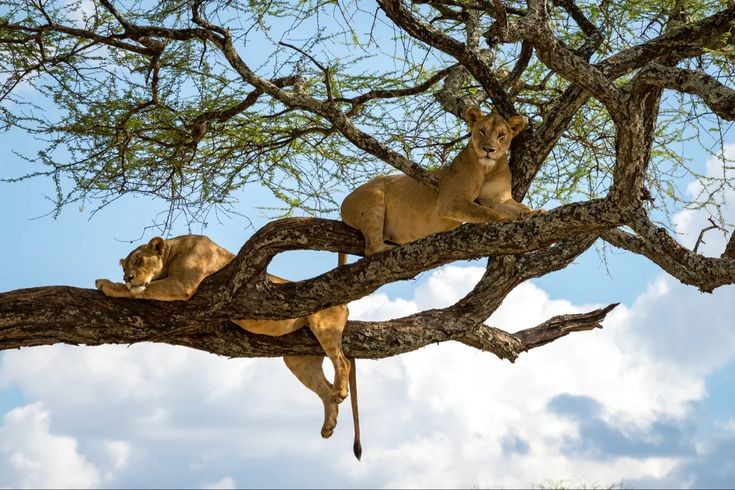
Overview
Location: Northern Tanzania, near the town of Mto wa Mbu. Size: Approximately 330 square kilometers (127 square miles). Established: 1960.
Geography and Landscape
Lake Manyara National Park is known for its varied landscapes and ecosystems:
Lake Manyara: A shallow, alkaline lake that covers two-thirds of the park, attracting a plethora of birdlife.
Groundwater Forest: Dense forest fed by underground springs, providing a lush, green environment year-round
Acacia Woodlands: Open woodlands with towering acacia trees, home to various wildlife.
Rift Valley Escarpment: The dramatic rise of the Great Rift Valley forms the park’s western boundary.
Grasslands: Open savannah areas that attract grazers and predators.
Wildlife
Lake Manyara National Park is home to diverse wildlife species, making it a popular destination for safaris:
Elephants: Large herds of elephants are commonly seen throughout the park.
Tree-Climbing Lions: Unique to this park, lions can often be seen resting in trees, a behavior rare elsewhere.
Giraffes: Often spotted gracefully moving through the woodlands and savannah.
Buffaloes and Hippos: Found near the water sources, particularly around the Hippo Pool.
Birdlife: Over 400 species of birds, including large flocks of flamingos, pelicans, storks, and cormorants.
Primates: Troops of olive baboons, blue monkeys, and vervet monkeys are common in the forested areas.
Other Mammals: Includes zebras, wildebeest, impalas, warthogs, and various smaller antelopes.
Conservation Efforts
Lake Manyara National Park focuses on preserving its unique ecosystems and biodiversity:
Wetland Conservation: Efforts to protect and manage the lake and surrounding wetlands, crucial for birdlife and other species.
Anti-Poaching Measures: Active patrols and anti-poaching initiatives to protect elephants and other vulnerable wildlife.
Community Engagement: Programs involving local communities in conservation efforts and promoting sustainable tourism practices.
Tourism
Activities: The park offers a range of activities for visitors:
Game Drives: Explore the diverse landscapes and spot a variety of wildlife, including the famous tree-climbing lions.
Bird Watching: The park is a bird watcher’s paradise with its rich avian diversity, particularly around the lake.
Canoeing: Seasonal canoeing on Lake Manyara offers a unique perspective on the park’s wildlife.
Walking Safaris: Guided walks provide an intimate experience with the park’s flora and fauna.
Night Game Drives: Experience the park after dark and spot nocturnal animals.
Cultural Tours: Visits to nearby villages to learn about the local cultures and traditions.
Accommodation: Options range from luxury lodges and tented camps to budget campsites, catering to different preferences and budgets.
Best Time to Visit: The dry season (June to October) is ideal for wildlife viewing, though the park offers year-round attractions. The wet season (November to May) brings lush landscapes and excellent bird watching.
Unique Features
Tree-Climbing Lions: One of the few places in Africa where lions regularly climb trees.
Diverse Ecosystems: The park’s combination of lake, forest, woodlands, and savannah provides a wide range of habitats for wildlife.
Birdlife: The park’s wetlands attract thousands of flamingos and other waterbirds, creating spectacular bird-watching opportunities.
Visitor Information
Access: The park is easily accessible by road from Arusha (a 2-hour drive) and is often included in the northern safari circuit. The park also has an airstrip for charter flights.
Entry Fees: Visitors must pay entry fees, which support the park’s maintenance and conservation efforts.
Regulations: Visitors should adhere to park regulations to protect the wildlife and environment, such as staying on designated roads and respecting wildlife.
Highlights
Scenic Beauty: The park’s varied landscapes, from the Rift Valley Escarpment to the shores of Lake Manyara, offer stunning views.
Wildlife Diversity: A wide range of wildlife, including elephants, lions, giraffes, and hippos, ensures rewarding game viewing experiences.
Bird Watching: Over 400 species of birds make it a prime destination for bird enthusiasts.
Tree-Climbing Lions: Unique behavior of lions climbing trees, providing a special attraction for visitors.
